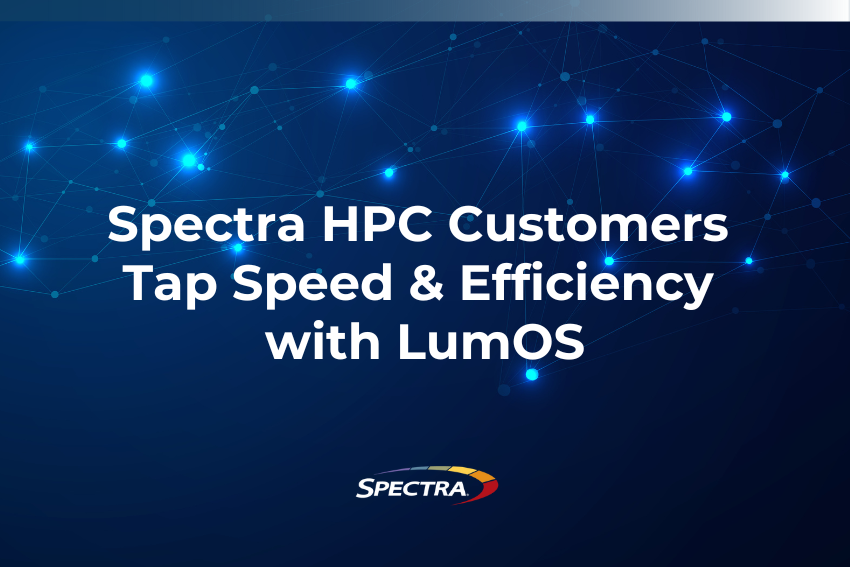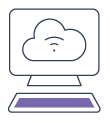————————————————————————–
Spectra Logic recently hosted a virtual presentation on data technology migration with Spectra CTO Matt Starr and renowned industry expert Fred Moore of Horison Information Strategies. During the webinar we reviewed what it means when your storage vendor has put the brakes on supporting, upgrading and investing in their media, drives and hardware. We also explored ways to displace unsupported storage solutions. The following questions and answers recap highlights covered in the recent webinar.
Question:
Are cloud vendors really using tape?
Answer:
Cloud vendors do a lot with tape, particularly the very large cloud vendors known as the hyperscale cloud providers. They have deep archive storage options, which are platforms that they offer their customers to archive their data. Now just think how daunting it would be if one of those large cloud vendors, storing an Exabyte or more of data, was faced with migrating away from a vendor’s unsupported tape technology storage solutions. The reason the cloud is going to tape is because they know tape is the most cost-effective way to store data for the long term. They need economical, reliable and trusted technologies which is why tape is a huge player in the hyperscale market right now, relieving the pressure off of disk drives that containing inactive or low activity data.
Question:
Can one use an existing Oracle® T10000x tape drive out of an Oracle library and move it into a Spectra® TFinity® ExaScale tape library?
Answer:
Yes. It’s the only tape library on the market that can do this. In addition to LTO tape technology, the Spectra TFinity ExaScale is also compatible with IBM® TS11X0 enterprise tape technology and Oracle® T10000x enterprise tape technology, enabling all three in the same library. The TFinity allows customers to create separate partitions for the respective technology drives and media. This exclusive tri-media configuration eliminates vendor lock-in and enables customers to migrate or integrate tape technologies that maximize their storage investment.
Question:
Does Spectra store data on LTFS format as standard within their libraries?
Answer:
The software above the library is what determines the format in which data is written to tape. In Spectra’ case, the BlackPearl Converged Storage System, which is our object-based gateway to tape, provides an S3-like interface and writes to the tape in LTFS format. In general, in a tape library like Spectra’s, there can be a partition that is controlled by BlackPearl or by a software package that writes data in LTFS format. Separate from that, you can have a partition that is controlled by backup software. Some backup applications are unable to take full advantage of LTFS because they’re doing incremental backups, which means they’re not writing files, they’re writing parts of files. For that reason, most modern archive software will write LTFS, while backup software tends to write in their proprietary formats.
Question:
How does tape technology fare in terms of security?
Answer:
Spectra tape libraries are deployed in some of the most secure environments in the world today. We have systems built into the tape libraries to enhance security and facilitate customer audits. For example, one of our government customers said that they had to be able to audit the tape library to know what’s gone in and out of the library. They also needed to know who has performed operations to add or remove media for the library. Spectra libraries have built such features into the libraries. With four clicks, users can turn on the built-in encryption and key management, which ensures data is protected if a tape is removed from the library. And as we know, tape is the ultimate air gap, which is the best data protection from malware and ransomware.
“Moving Forward: Seamless Tape Migration with Spectra” webinar is a part of SpectraLIVE, Spectra’s virtual conference program. Watch it on demand here.









